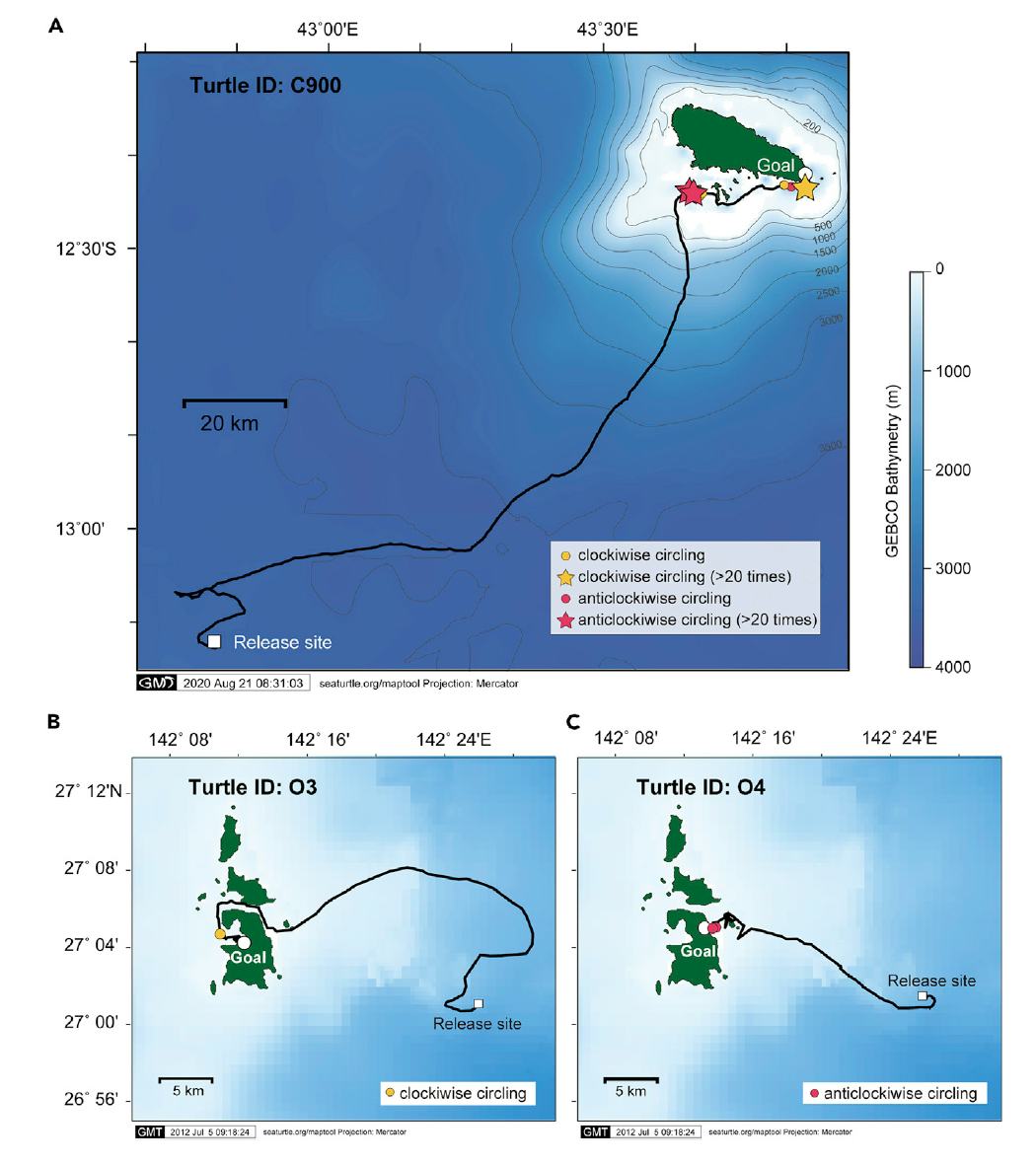

Given these potential hurdles, deciding whether or not GPS is the right tool for tackling relevant ecological or management questions is an important consideration. While GPS does represent a major technological advancement, it still comes with potential drawbacks, including larger tag size (compared with a VHF transmitter), high cost (and thus a trade-off with low sample size of individuals), low positional precision (compared to direct observation, although superior to many alternative technologies), and habitat-driven location bias. Further investigation of panther habitat selection using GPS tracking throughout the entire day confirmed the importance of forested habitat, but also showed the selection of open habitats as hunting grounds at night, a novel insight. For example, endangered Florida panthers ( Puma concolor coryi) were thought to have selected only forested habitats when data were collected primarily in the daytime with VHF radiotelemetry. Other satellite-based technologies have emerged since then (e.g., ARGOS), but GPS technology, in particular, has revolutionized our understanding of animal movement by providing relatively accurate, frequent locations throughout the day and in conditions that previously hampered tracking. VHF radio tracking was first used on animals in the 1960s and has allowed researchers to study the movement of elusive animals.

We recommend future studies couple GPS telemetry with frequent VHF locations in order to reduce bias and limit the impact of catastrophic failures on data collection, and we recommend improvements to GPS tag design to lessen the frequency of these failures.īiotelemetry has the potential to bring ecologists the data needed both to address questions of ecological theory and to improve conservation and management strategies. GPS biologging technology is a promising tool for obtaining frequent, accurate, and precise locations of large constricting snakes. Half of our recovered pythons were either missing their tag or the tag had malfunctioned, resulting in no data being recovered. We found that dense vegetation did decrease fix rate, but we concluded that the low observed fix rate was also due to python microhabitat selection underground or underwater. We found overall accuracy and precision to be very good (mean accuracy = 7.3 m, mean precision = 12.9 m), but a very few imprecise locations were still recorded (0.2% of locations with precision > 1.0 km). While overall fix rates for the tagged pythons were low (18.1%), we were still able to obtain an average of 14.5 locations/animal/week, a large improvement over once-weekly VHF tracking.

Both python and test platform GPS tags were programmed to attempt a GPS fix every 90 min. In order to evaluate GPS technology in large constrictors, we GPS-tagged 13 Burmese pythons ( Python bivittatus) in Everglades National Park and deployed an additional 7 GPS tags on stationary platforms to evaluate habitat-driven biases in GPS locations. Fine-scale GPS tracking datasets could greatly improve our ability to understand and manage these snakes, but the ability of this new technology to deliver high-quality data in this system is unproven. Large constricting snakes are top predators in their ecosystems, and accordingly they are often a management priority, whether their populations are threatened or invasive. Until recently, it has mainly been deployed on large mammals and birds, but the technology is rapidly becoming miniaturized, and applications in diverse taxa are becoming possible. GPS telemetry has revolutionized the study of animal spatial ecology in the last two decades.


 0 kommentar(er)
0 kommentar(er)
